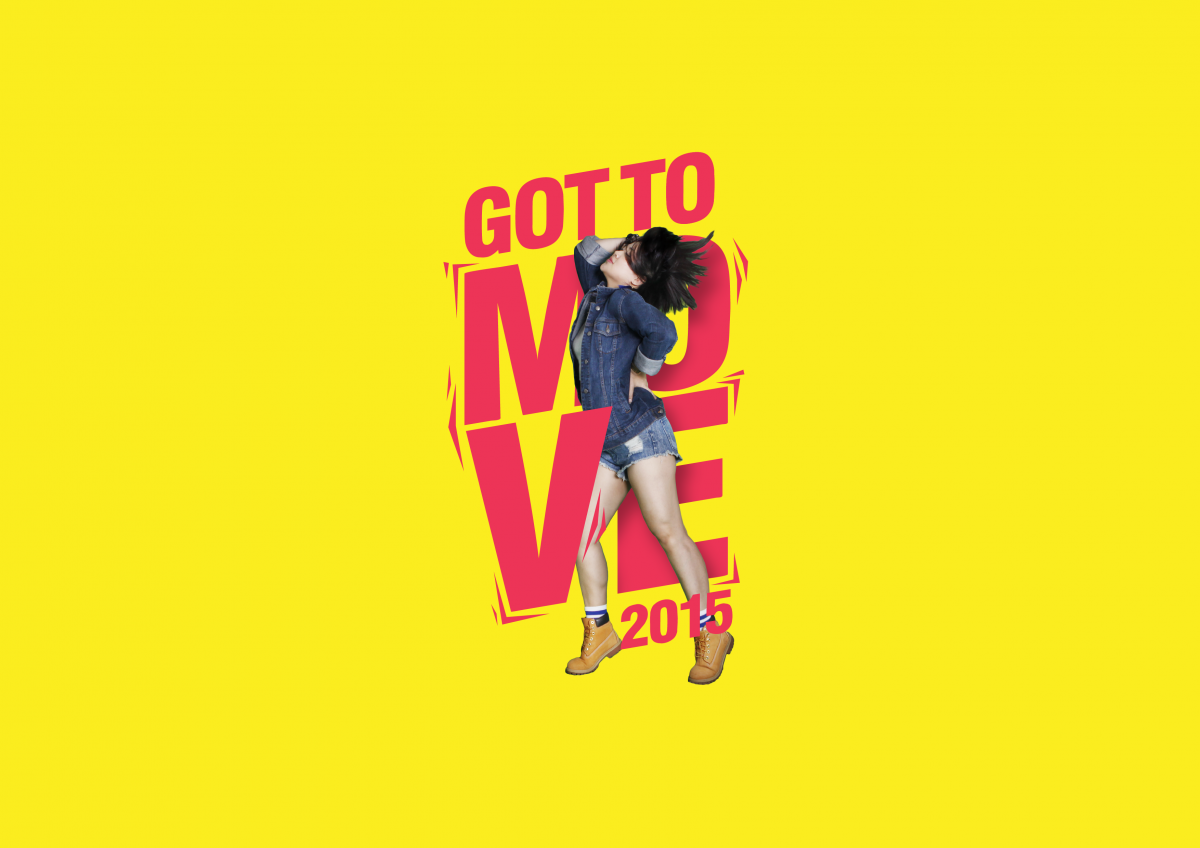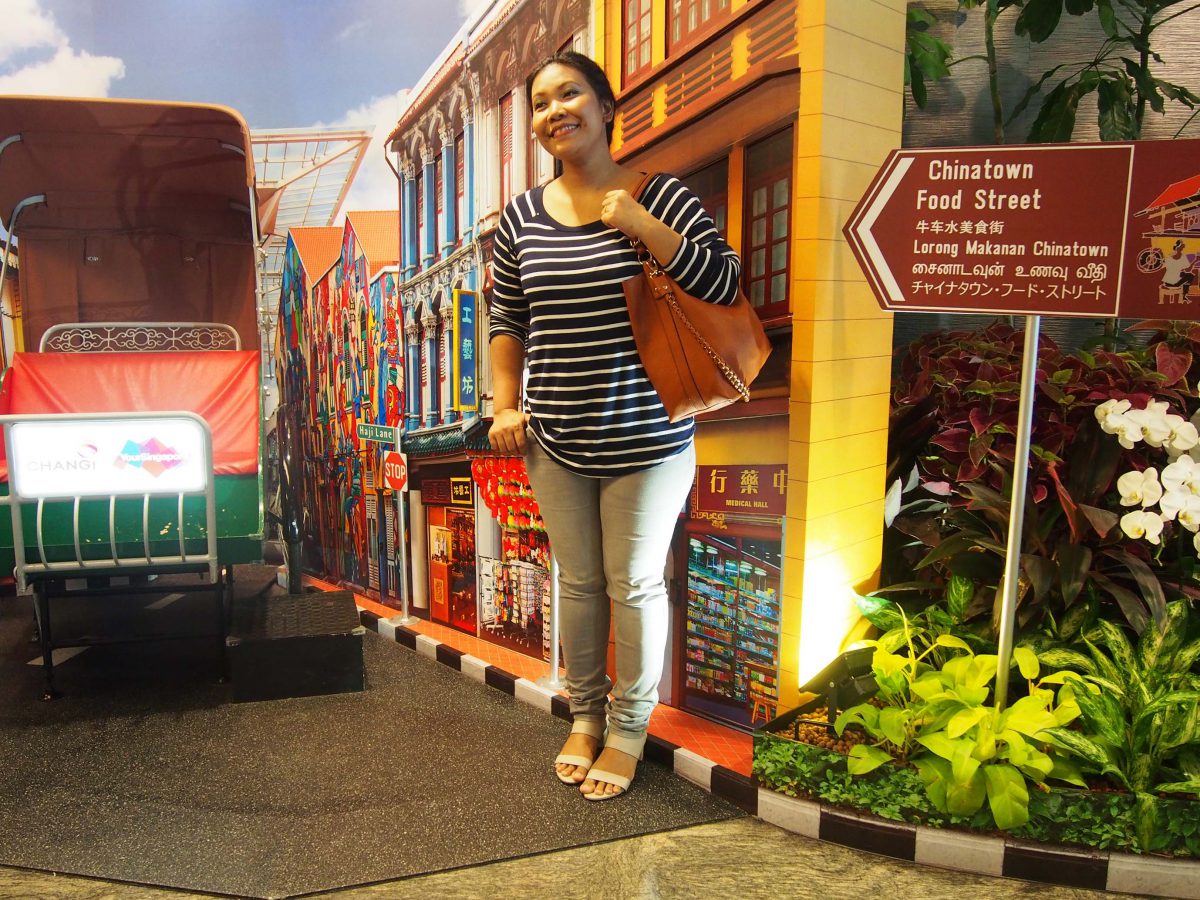GOT TO MOVE
A movement initiated by the National Art Council , Got to Move, is an annual nationwide “move”-ment to celebrate Singapore’s diverse dance scene and get Singaporeans “MOVING”
Submissions of any dance-related activity are welcomed. Some examples of activities include:
- talks, sharing sessions on dance related topics
- dance-related exhibitions
- open houses to dance studios, open dance rehearsals
- free dance classes for the public,
- free public showings,
- flash mobs, mass participation events
- dance film screenings,
- dance publications – print and media-based
- mini dance- themed competitions
All Got To Move ISLANDWIDE activities must be free and open to the public.
50 successful applications will be provided with a fixed sum of $500, $3,000 or $5,000 each. Priority will be given to proposals that are creative and unconventional. Dance activities that are not funded may still be acknowledged as a Got To Move ISLANDWIDE project under Got to Move.
Here’s a video of the many #gottomovesg videos published
What I like about this is that it encourages people of different demographics.
What is good about this initiative is that it consist of a larger group of individuals, rather than confining movement to just dance , movement is also considered in Yoga , sweeping the floor or serving coffee. It takes a very light approach to movement and the element of fun is very obvious and heartening.
However as seen in the video above and below , it showed that there is a more favorable response from the younger generation to move as compared to the older generation. Something really contradictory.
Upon this , there are other question to ponder and think about:
- Why must there be a “movement” or an ‘Event’ to celebrate and commemorate movement , when by right , movement should be an everyday lifestyle?
- Does moving more necessarily translate to body Awareness ? Does moving more allow one to appreciate music and develop confidence? Does moving more make one understand bodily expression?
- What are some of Singapore’s cultural constraints that prevents this movement from being a full blow lifestyle?
![RACHOPS [Rachel]](https://oss.adm.ntu.edu.sg/tanr0023/wp-content/uploads/sites/672/2016/03/cropped-hey.jpg)



